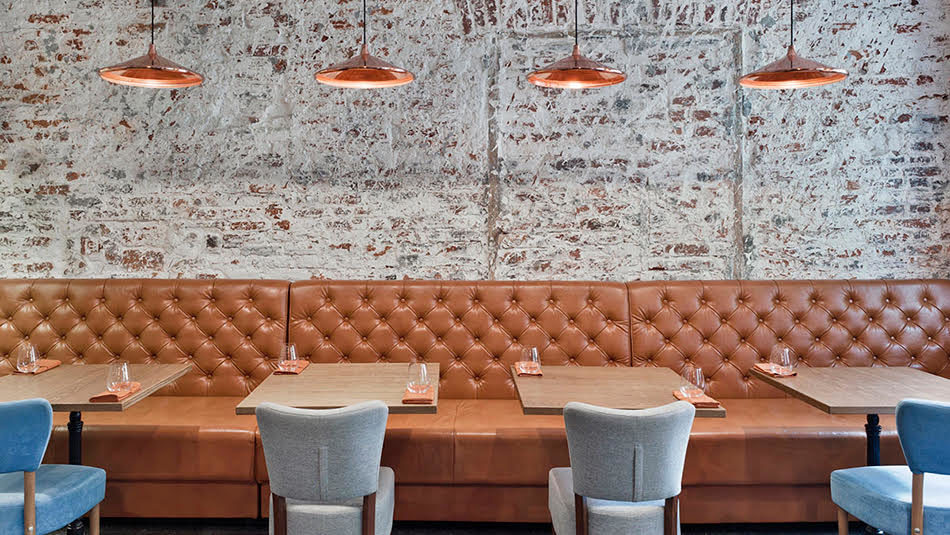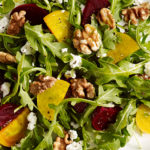
Foodservice Marketers: 6 Ways to Retool Programs and Support the Industry During COVID-19
Adaptability is essential in food marketing, even under ordinary circumstances. Not surprisingly, today’s profound uncertainty amid the COVID-19 crisis demands a degree of agility that most food marketers have never fully exercised.
With immediate and mounting impacts on the foodservice industry, – the least of which may be the cancellation of hallmark events like the National Restaurant Association Show – annual marketing programs are at risk of being upended. Now is the time for food marketing professionals to dig deep, think strategically and adapt like never before.
Food Marketing Shifts That Deliver Symbiosis
Following is a list of key pivots that can quickly be implemented, even as meetings and travel are suspended and events recede. Not only do these proposed shifts help sustain brand momentum, but they also purposefully reinvest in the foodservice industry, which is as vital as it is vulnerable right now.
Engage Talent.
There may never be a better time than now to invest in recipe development. Many wonderfully talented chefs and mixologists who have been impacted by the sudden COVID-19-induced downturn may find themselves with time and creative energy that could be poured into innovation. Tap this talent for a win-win.
Swap Platforms.
With numerous spring and even summer events being cancelled, one obvious solution is to identify program options later in the year with similar audiences and/or messages. For example, my honey client was slated to participate in a spring global plant-forward conference, but the team has now identified a fall event that could supplant it for 2020. It’s certainly a time to prepare a Plan B, as well as a Plan C.
Divert Dollars.
Brands also may consider donating a portion of unspent event sponsorship funds to an industry philanthropy. However, you’ll want to see Adweek’s article on regulatory cautions surrounding charitable donations. Not unlike a sponsorship, these donations serve as an investment in the industry, supporting its survival and recovery.
Accelerate Projects.
Dive into those essential but typically less “urgent” assignments, such as collateral development, web content updates and more. Consider initiating select program elements earlier in the year. For example, an online recipe contest you previously slated for the fall might work even better right now to engage available professionals.
Add Reinforcement.
Decide if the time is right to invest in new ad creative that takes into account the emerging market and sensitivities, and/or bolster trade media buys. All of these are meaningful ways to leverage funds initially earmarked for events or other programming eliminated due to the evolving crisis.
In-kind Support.
Find creative ways to support the industry and both new and existing brand partners. One example is to help promote industry events like “The Great American Takeout” via owned platforms targeting trade and consumer audiences. Endorse your brand and product ambassadors and industry allies via social media to buoy them during these challenging times. Identify organizations in need of product donations to help feed displaced foodservice workers. Tune in to ever-evolving updates from industry contacts on social media and look for emerging opportunities to step in and make a difference.
A Call to Action for Foodservice Marketers
Foodservice is a tight-knit but formidable (indeed, essential) industry, and food marketers play a vital role in it. Now is the time to resist retreating, and instead double down on meaningful strategic action for the sake of your brand and the industry as a whole. Together we can set the stage for a comeback as unprecedented as today’s challenges.





